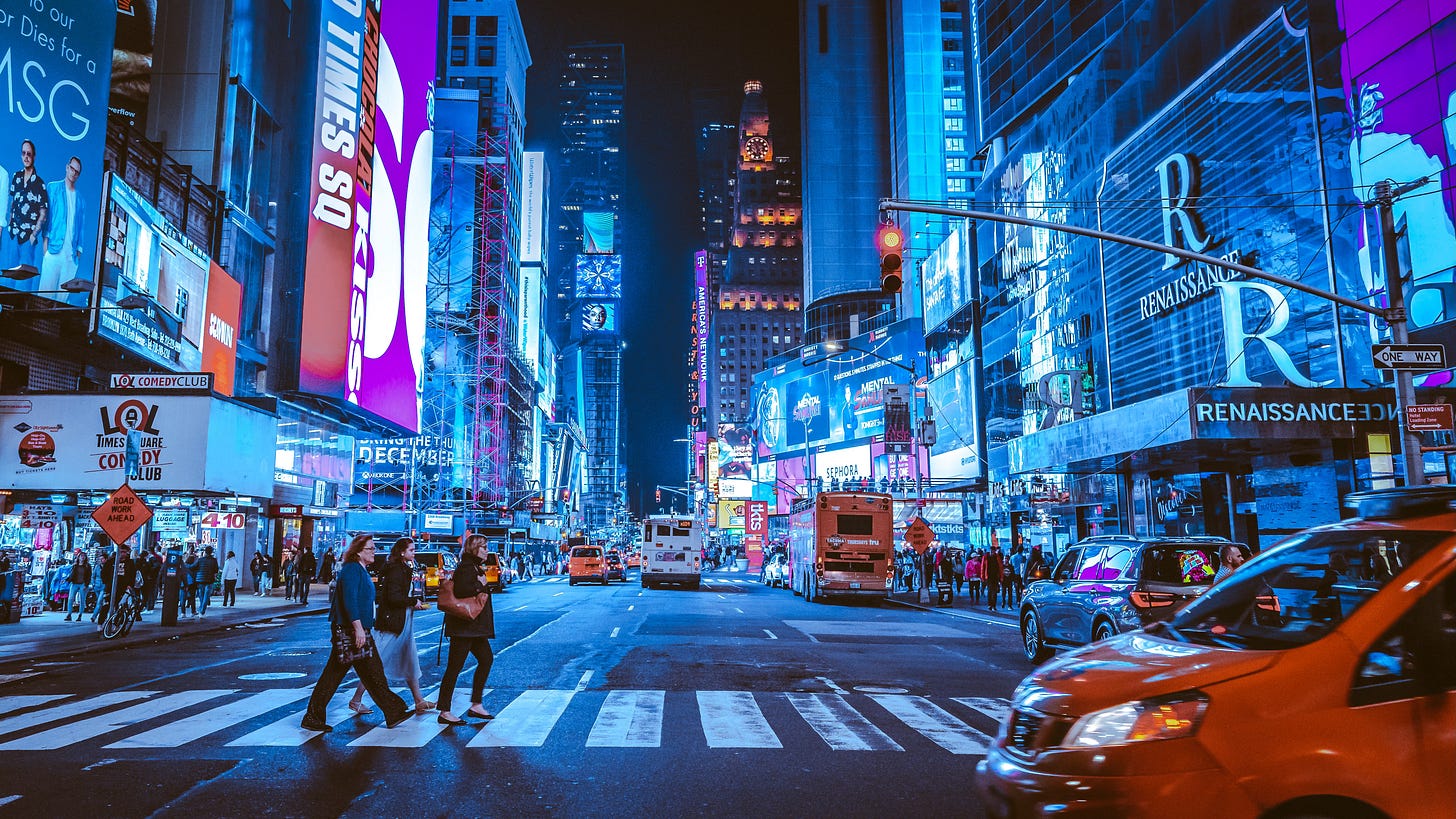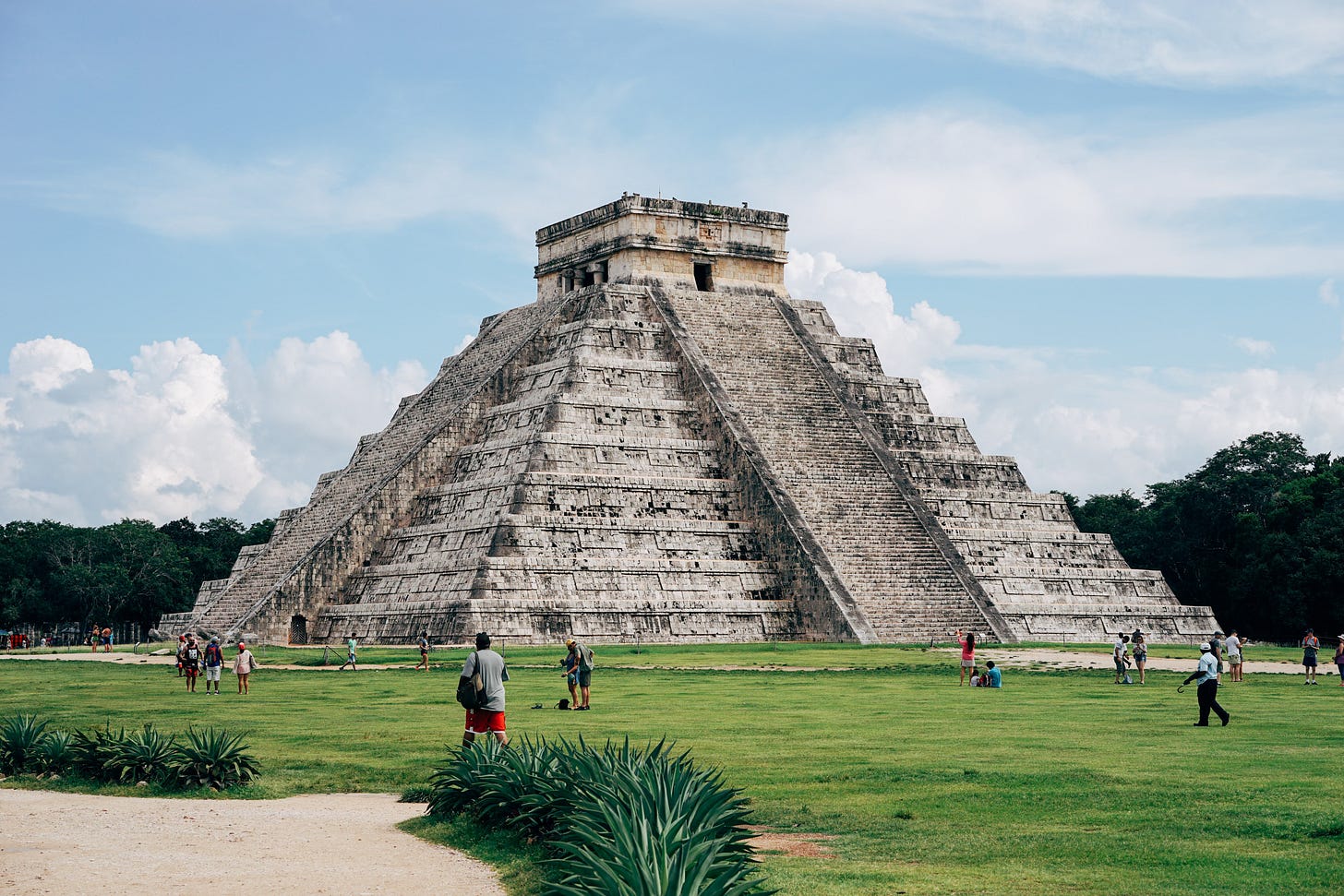In the stillness of dawn, the world awakens to the choir of birds, the rustle of leaves, and the gentle murmur of rivers. Yet, as the day unfolds, a silent specter looms, stealing away the symphony of sounds we hold dear. The mystery of disappearing sounds, a gentle whisper in the cacophony of modern life, holds a poetic, yet disconcerting resonance in our ever-evolving soundscape.
As urbanization marches forward with unyielding resolve, the delicate tapestry of natural sounds retreats into the shadows, overshadowed by the mechanical hum of civilization. The loss is more than auditory; it's a silent erasure of history, culture, and the natural serenade that once cradled our ancestors to sleep.
Research conducted by the World Health Organization reveals the profound impact of noise pollution on both wildlife and human health. In urban jungles, the incessant clamor disrupts animal communication, breeding, and survival. For humans, the repercussions are equally grim - a cacophony that begets stress, sleep disorders, and an ever-growing disconnection from the natural world.

The vanishing echoes of nature's symphony are not merely a loss of auditory aesthetics but a harbinger of an ecological imbalance. A study published in the journal Science illustrated how the silence of once buzzing insect populations signals a decline that reverberates through the food chain, impacting pollination and the very fabric of life.

The cultural heritage encapsulated in the ancient whispers of indigenous languages, folk songs, and traditional instruments too faces oblivion, as modernity drowns out the echoes of the past. One emblematic essence of the ancient harmony between architecture, culture, and sound lies in the heart of Mexico, at the archaeological marvel that is Chichen Itza. The Temple of Kukulcan or El Castillo, a majestic pyramid standing tall against the sky, showcases a fascinating acoustic phenomenon. A clap at the base of the temple reverberates up the stairs, returning as an eerie echo resembling the call of the sacred Quetzal bird. Many of the worlds top Experts in Acoustics travel to Chechen Itza to study this auditory marvel, engineered by the ancient Maya, symbolizes a profound understanding and reverence for sound, which starkly contrasts the noise pollution of our modern cities.
The UNESCO's (United Nations Educational, Scientific and Cultural Organization) Atlas of the World's Languages in Danger highlights the alarming rate at which linguistic diversity is dwindling, a silent testament to the vanishing sounds that once defined communities and cultures. Alas we hear no mention of this anywhere, by anyone, at all. You could argue it goes against the status quo.
Yet, as the dawn heralds a new day, there lies hope in the soft whisper of the wind. Initiatives across the globe are emerging to document and preserve the endangered sounds. The British Library's Save Our Sounds program, for instance, endeavors to archive the disappearing sounds, a noble quest to salvage the auditory relics of our world.
In the poetic silence that follows the fury of modern life, the quest to unravel and preserve the disappearing sounds unveils a narrative rich with nostalgia, wisdom, and a subtle reminder of the ephemeral nature of existence.
As the sun casts long shadows, may we pause to listen to the silent echo, to honor the ancient whispers, and to seek the lost melodies that once harmonized with the rhythm of life. For in the silence, lies a story untold, a song unsung, and a world unexplored.


